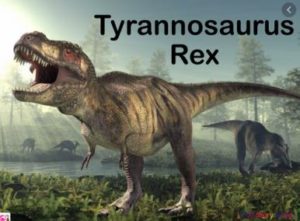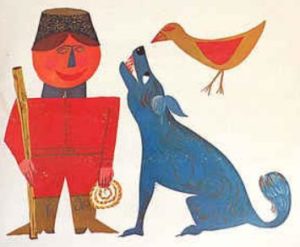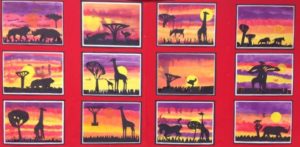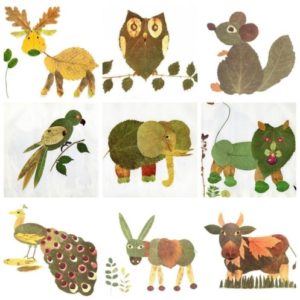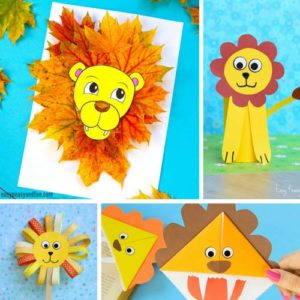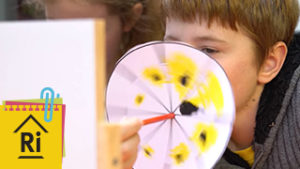Dear all
We hope that you have all had a lovely half term break. We look forward to welcoming some of you back to school on the 1st. The learning below is that which we will be using to teach those in school so that the experience for children will be as consistent as it can be in these strange times!
Remember that there is no need to complete all of the learning below! The focus should be on maths, some aspects of the online English learning and reading and then maybe you could choose one other project to do from the home learning ideas? Or more if you want to obviously! Make this time at home enjoyable and treasure the time you are together having fun! Remember that you can send us a piece of the children’s work or an activity that they want to share every week on our class email addresses:
Turtleclass@stpeterswaterlooville.hants.sch.uk
Pufferfishclass@stpeterswaterlooville.hants.sch.uk
We would love to see what the children are getting up to at home!
Don’t forget to look at Sumdog for maths, reading and spelling challenges which will be updated each week. See also mymaths for maths challenges.
English reading and writing
https://www.thenational.academy/year-1/english/terrifying-t-rex-year-1-wk5-1#slide-2
https://www.thenational.academy/year-1/english/to-commit-an-information-text-to-memory-year-1-wk5-2
https://www.thenational.academy/year-1/english/to-understand-how-to-use-the-past-tense-year-1-wk5-3
https://www.thenational.academy/year-1/english/to-start-to-write-our-information-text-year-1-wk5-4
https://www.thenational.academy/year-1/english/to-start-to-write-our-information-text-year-1-wk5-4
In this weeks sequence of lessons you will be learning about the story of ‘Terrifying T-Rex.’ You will be doing some phonics focusing on the sound oo (smooth), ew (grew) and u-e (flute) as well as some spellings linked to the story.
On day 1 you will answer questions on the information text, day 2 committing the information text to memory, day 3 understanding how to use the past tense, day 4 and 5 starting and completing writing an information text.
If it is a bit tricky or moves too fast for your child just focus on the key phonics being taught, or one version of the sound that your child knows e.g. oo and on verbally retelling the story and writing some simple sentences or key words. Maybe you could just work on one day of the online learning? Do what you feel your child can cope with. At the very least you can enjoy learning about T Rex together.
Reading
We attach the link below because we feel it has some useful ideas. See page three. We are sure that you are doing many of them already!
Menu of reading response ideas KS1
Also see the Collins connect PDF (see blog post for link) for access to lots of books to read online.
ONLINE READING COLLINS CONNECT
Spelling
Choose a set 1 or set 2 and practise spelling.
Set 1: they, your, of, all
Set 2: house, full, our, ask
We know that you will have had some of these spellings before but revisiting and consolidating will ensure that you can use them independently in context in your writing.
Maths
To apply knowledge of number bonds
https://www.thenational.academy/year-1/maths/to-apply-knowledge-of-number-bonds-year-1-wk5-1
To add two-digit numbers and ones
https://www.thenational.academy/year-1/maths/to-add-two-digit-numbers-to-ones-year-1-wk5-2
To subtract two-digit numbers and ones
https://www.thenational.academy/year-1/maths/to-subtract-two-digit-numbers-and-ones-year-1-wk5-3
To add two-digit numbers to ones with regrouping
To subtract two-digit numbers to ones with regrouping
Peter and the Wolf
Week 1- Peter
Listen to this short piece of music and find the picture of a violin?
How does the music make you feel?
Can you move around to it?
Topic
This week we are introducing our new topic of ’Antarctica’. In this topic we hope to explore where the region is in comparison to where we are, to compare weather conditions, housing and people as well as think about animals and how they live in this challenging environment.
This week we are going to start by thinking about where Antarctica is and any special features about its geography and climate. Watch these 2 short films and then chat to your adult about what you have learnt. Perhaps your adult may pause the film from time to time to talk about what you can see?
https://www.bbc.co.uk/bitesize/topics/zyhp34j/articles/zjg46v4
https://www.youtube.com/watch?v=X3uT89xoKuc
Have a look in an atlas or a world map and see if you can find where the Antarctic is. Can you make a fact file about what you have learnt so far?
Art
ANIMAL MAGIC!
For this week’s Art Challenge I would like you produce some art that is linked to ANIMALS! Your animal can live on the land, in the sea or the sky. If you prefer, you can make your own mythical animal from your own imagination… or even a fusion of two animals. It can be a drawing, a painting, it can be made from a kitchen roll tube, a painted stone, made from things you find in the woods or at the beach or anything else that you can think of. I’m sure you will create something ‘magical’, as always!
Ideas to inspire you:
However, if this doesn’t appeal to you can still send any other art work to me and I will post that on the Blog too.
Please email your artwork to me:
n.pearson@stpeterswaterlooville.hants.sch.uk
Thank you
Keep creating and keep safe!
Mrs Pearson
Family Science Activity
Spinema
https://www.rigb.org/families/experimental/spinema
We’re all used to seeing films and animations. This activity is all about understanding a bit more about how these work, and why our brains perceive what is actually a series of still images as flowing motion.
Click this link to see vintage images from the early days of animation https://ri-science.tumblr.com/search/muybridge
By making a thaumatrope, you can learn about ‘persistence of vision’, as two images pass by your eyes so quickly that you are still processing one when you see the next, so your brain merges the two together to see a complete image.
A phenakistoscope works just like classic animation and movies. By rapidly showing one image after the other, each slightly different to the one before, a sense of movement is created. This known as ‘beta movement’, and is the basis of any moving image you see on a screen.
The activity
- Make a thaumatrope and a phenakistoscope – templates are available to download or you can draw your own.
- ExpeRiment with animation.
- Learn how we process images and motion.
https://www.rigb.org/docs/spinema_infosheet_0.pdf
Questions to ask children
Before the activity: What types of cartoon/animation do you know? How do they make drawings or models seem to move?
After the activity: What differences are there in the images? What would happen if we spun the disc in the opposite direction? What if we spun them faster/slower? What would happen if the phenakistoscope had more/less drawings?
Going further
Try making a flip book. You can see how at rigb.org/ExpeRimental.
